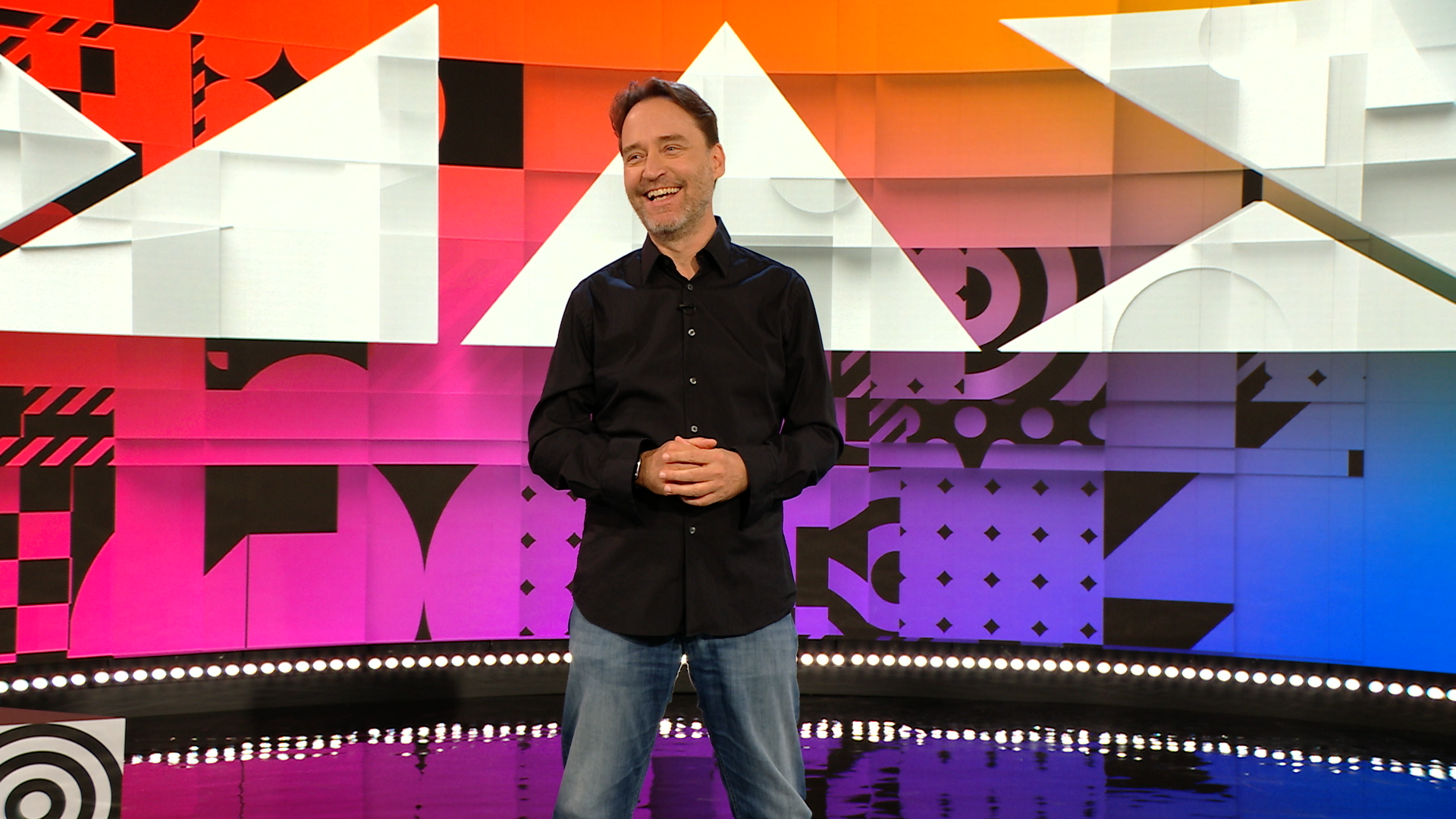
Rufus Deuchler is the director of Worldwide Creative Cloud Evangelism and Community Advocacy at Adobe. He has been working for Adobe for 17 years, and prior to that was a graphic designer. Based in Florence, Rufus has over 30 years of hands-on experience using Adobe software and to say he is passionate about Adobe would be an understatement.
I spent an enjoyable half an hour chatting to him recently as part of our Day in the Life series. Our conversation covered everything from his early days of not knowing what he wanted to do, to what he gets out of teaching, the pros and cons of Adobe software and the advent of AI.
Tell me about a typical day in your role
The only thing typical about my day is that I know what's coming up in my calendar every morning, but then everything changes. There is no typical day in my job, and since I joined Adobe 17 years ago, there really hasn't been a routine. That's probably what keeps me here – every day is a new day with new challenges, new requests, new interesting things to look at and to share. I always wake up eager to discover what's going to happen.
My team is all over the place, we're across the United States and Europe, so my day typically lasts until 8pm. I give the West Coast about three hours of my time every day so that we can have meetings and discuss what's coming up. I work with Europe, and then the US.
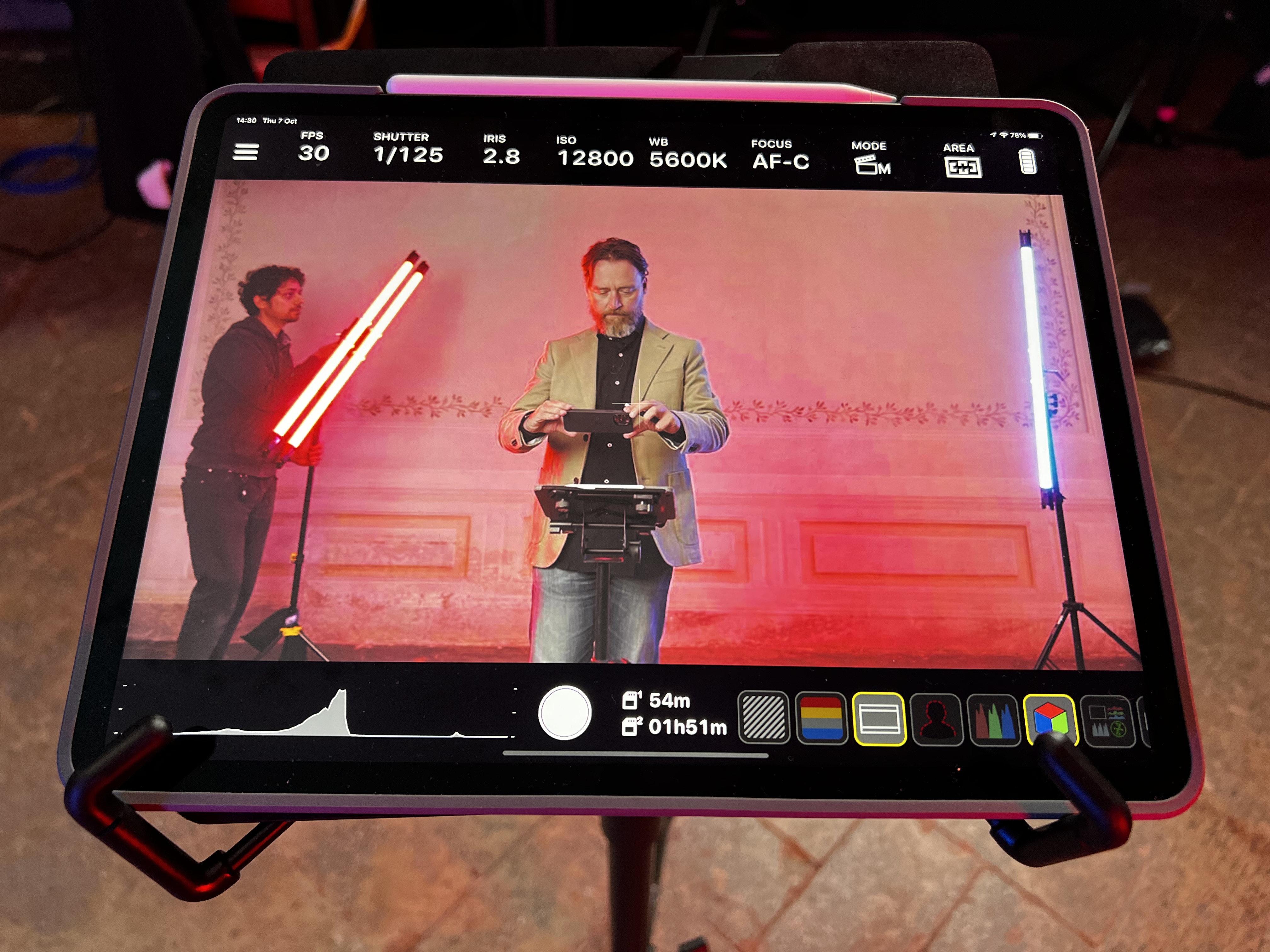
What was your early career like?
I'm a designer. I graduated from the ArtCenter College of Design in 1992. I had the good fortune that the school immediately hired me to take care of their design bureau and do all of the graphics, the catalogues, the yearbooks, and everything for the ArtCenter.
After a year or so, I said 'I'm sick of computers. I'm going to Florence and I'm going to learn how to paint.' So I did that. But painting doesn't pay the bills and so after a little while I started graphic design again. I started working for friends that I'd met at the pub and then slowly moving up and getting bigger and bigger clients until I managed to have all the good clients in Italy in my agency, which had three or four employees. This is probably why in 2007 I got that call from Adobe that asked me if I wanted to completely change things and participate in something new.
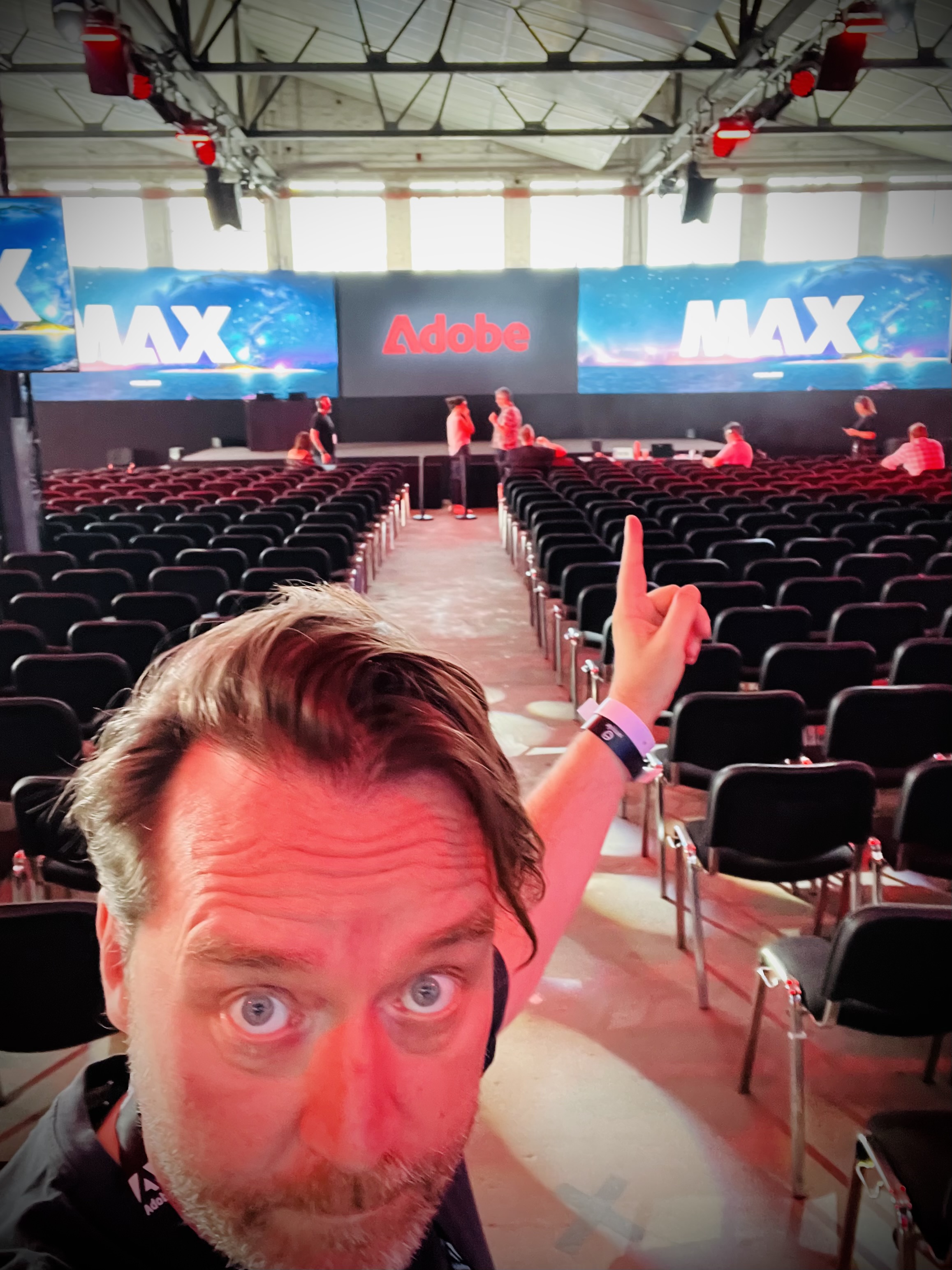
How was your first role at Adobe different to what you do now?
When I began at Adobe, it was already called 'Evangelism'. This is what fascinated me about about the job – being able to teach people how to use the software. I also spent about 10 years in Florence teaching students about graphic design. So taking my experience as a graphic designer and as a teacher, it was perfect to start travelling the world and and showing people what we were doing at Adobe.
We give support to the creative community to make them successful
In the past, it was all about 'let me show you the 10 top features in Photoshop'. Increasingly over the years my focus has shifted to supporting the creative community, to build the creative community around Adobe. This is basically what my team of Evangelists does now – we give support to the creative community to make them successful, to find their path and also to show them what Adobe does.
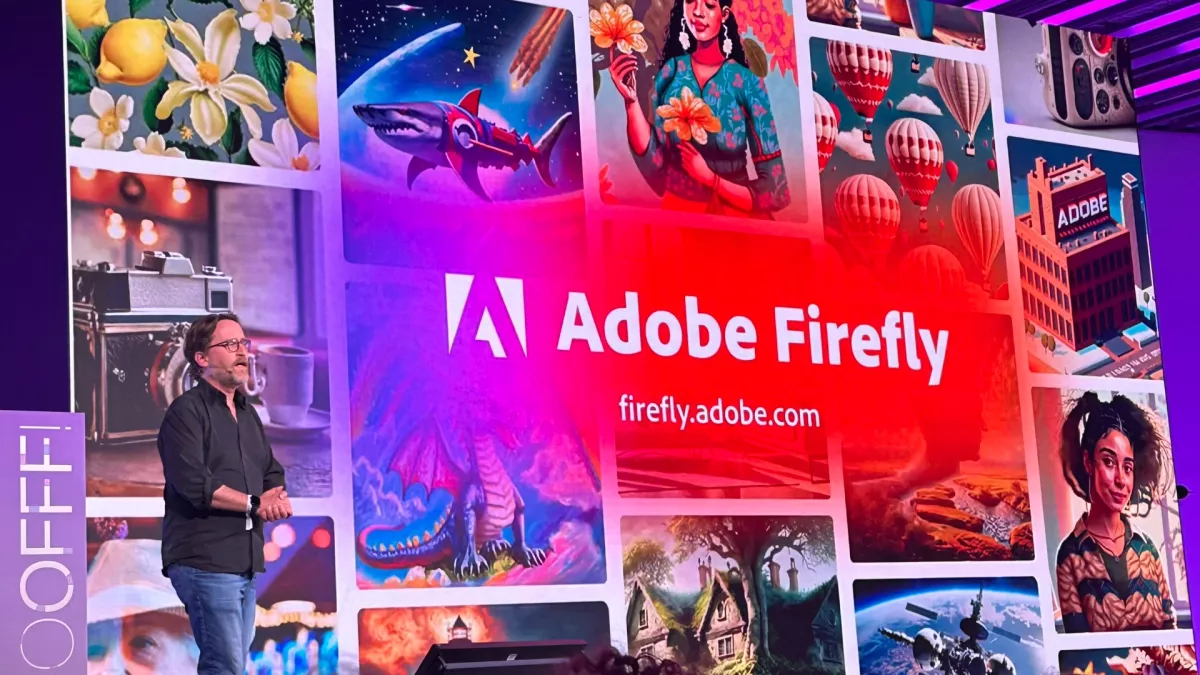
What do people like about Adobe products?
I think Adobe software has become an industry standard for graphic designers. And I'm not saying that because there's a monopolistic situation: there are so many other applications that can help in creative workflows. But what the community really enjoys in Adobe software is how they all seamlessly work together. I can move quickly from Photoshop to Illustrator then back to InDesign. And then maybe I have something in Illustrator that I want to animate and move over to After Effects. The way that all of this is in sync is probably the strongest element of Creative Cloud.
We give everybody the opportunity to dabble in anything
When I started we still had separate boxes – one for Photoshop or Illustrator. And then we started doing bundles with Creative Suite. There were design bundles, web bundles, there was a thing called the Master Collection with everything and that was super-expensive. And then in 2012, we launched Creative Cloud, and that's where it all came together. We know giving everything to everybody doesn't mean everybody has to use everything. But we give everybody the opportunity to dabble in anything. And this is really what fascinated me at the very beginning.
In 2002 Adobe came out with a paper called Network Publishing. It was a white paper, and I remember very clearly sitting in my office reading that white paper. It was all about how in the future applications, workflows and everything will be integrated. And I thought 'wow, that's a really, really good idea'. Because at the time, I was using FreeHand for my vector graphics, I was using Photoshop for pixels, I was using QuarkXPress for my layouts. This vision that Adobe laid out really fascinated me and is what brought me to to be very excited about Adobe. And then when InDesign 2 came out, I got even more excited and that's probably when Adobe noticed me or noticed my excitement, and that's when everything started.
What do people struggle with in Adobe software?
I always say that Adobe software, especially the flagship products like Photoshop, Illustrator, InDesign, Premiere, After Effects are really professional tools, so they can be very intimidating at the beginning. And, of course, this is something that we're working on – helping users in their first month of using the software. Because remember the first time you opened Photoshop, it can be like 'my God, where do I start?'
The thing that I'm always telling newcomers of the Creative Cloud is to focus on the project, focus on the one thing that you want to do today and learn that. There is no need anymore to know everything about everything. And so really focus on the things that you need to do, that you want to do or that bring you joy. Then from that, things evolve and people learn more and more things inside of the software and are able to do more things and be more creative with it. It can be intimidating, but take it one step at a time.
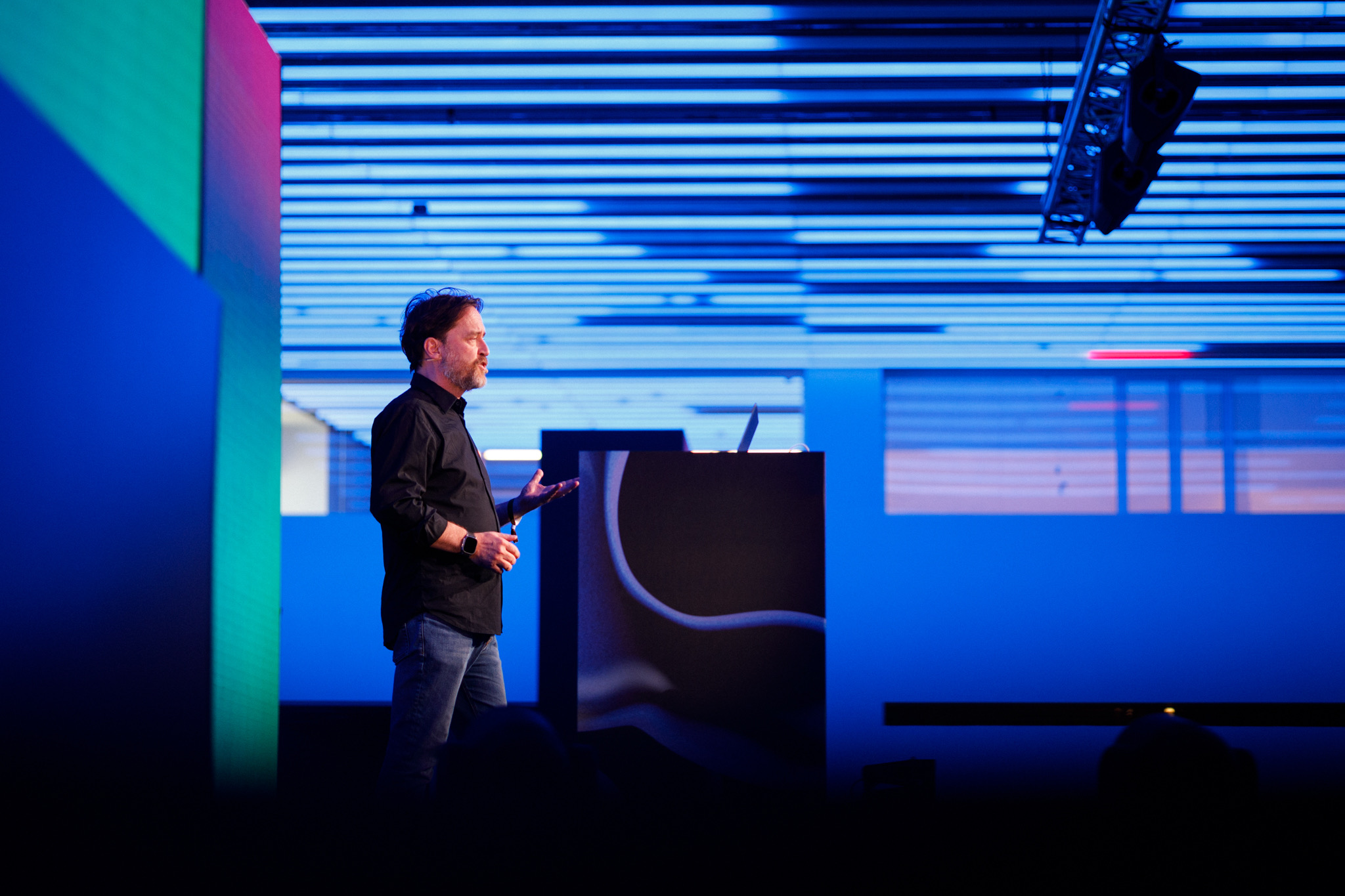
What are the challenges the design world is facing today and how can Adobe help?
I think the biggest challenge these days is really emerging, or showing off talent. Of course, it all works with social media these days, like with a big Instagram account or a beautiful Behance portfolio. But the concepts of emerging in the creative industry really haven't changed. When I started, I walked around with my portfolio, going from agency to agency and showing my portfolio and talking about the work that I did. Now, it's just become much easier to showcase work to a multitude of people, and we have countless examples of this working – like this kid in Egypt, who did really great illustrations and an agency in London found him and gave him the opportunity to do a Pink Floyd album cover.
Creativity is everywhere and it's global
I think what has really changed is that it's much easier to become a successful creative, creative designer or illustrator or photographer without the limitations of having to be in Milan, Amsterdam, London or Los Angeles. You can really be anywhere. Of course, with that comes a lot of competition. Creativity is everywhere and it's global.
I think that the way that Adobe can help in this creative path is supporting creatives across the board. We do that and in many different ways and the team that I'm in, it's called the Community team, my larger team. We do that with Adobe Live. We do that with events. We have quite a few now in the UK as well, they're called Create Now events, where we enable the creative community to meet up in Manchester, for example, and to meet peers, to meet others, to have conversations and and exactly like in the past one thing leads to another and I think this is how we can help in the creative process of becoming known to the outside world.
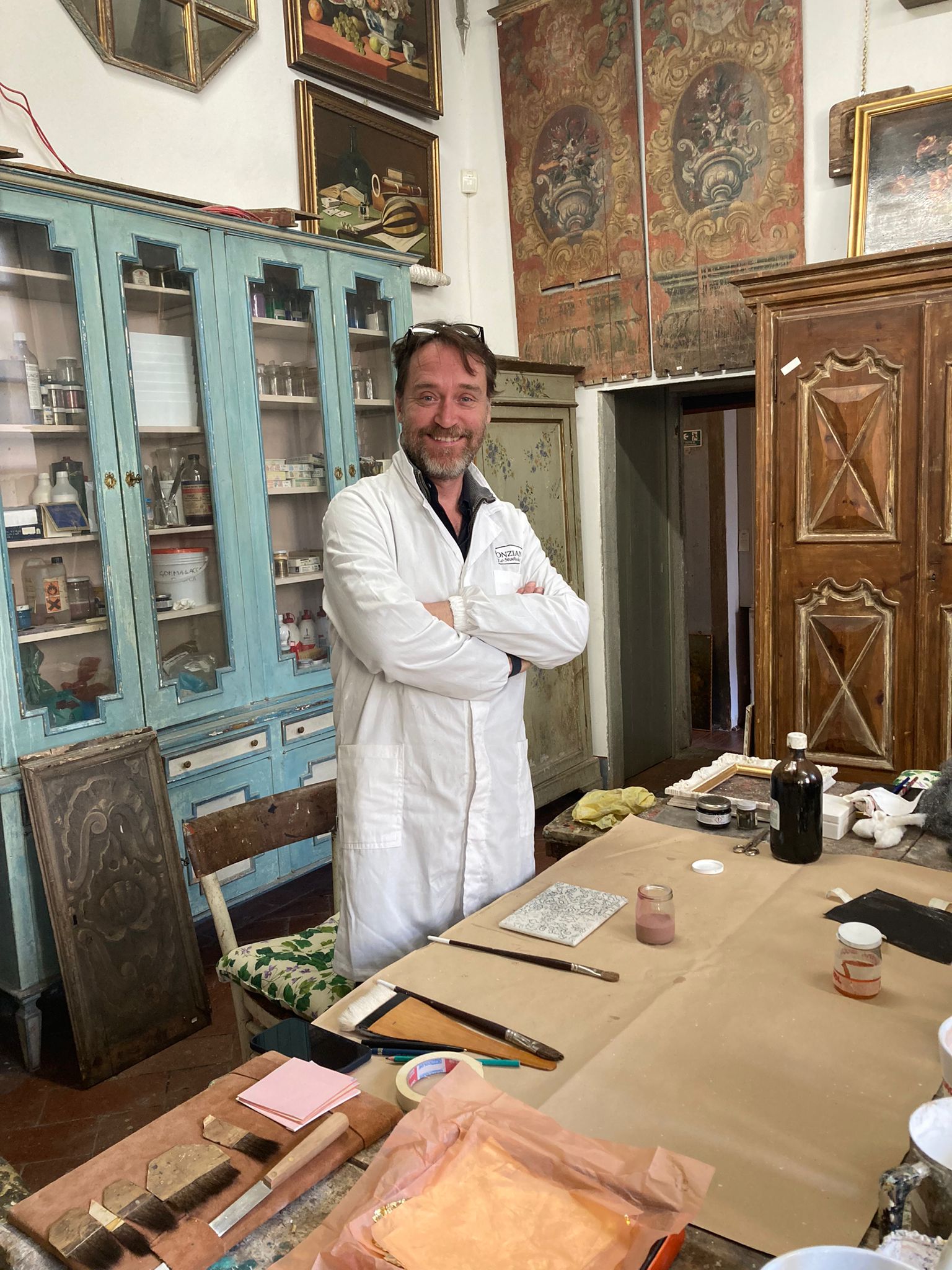
Do you see AI as a challenge or an opportunity?
I was very interested when I saw the first ChatGPTs, the first text to image, I thought that was incredible. I played with it myself. But then, of course we had to think about it at Adobe and think about how to engage in this new technology. We took a lot of time actually – and this is why we were a little bit late in the game – to really understand what the community wanted and how the community wanted to approach this thing of generative AI. One thing was clear, it wasn't going away.
We involved the community very early on, showcasing, having NDA sessions, showing what we were working on, how we were thinking about it. And this brought us to launch Firefly, which is commercially safe because we are the owners of the image data set that the model was trained on... I clearly remember the first time I talked about Firefly in a public context was at a conference in Barcelona called OFFF in 2023, just a little bit over a year ago. And I made it very clear that the end game is not simply to produce images, the end game is to have those technologies integrated in Photoshop and Illustrator and Adobe Express and increasingly now we're also seeing work that we're doing in 3D and in video. It's the integration of these generative AI tools that is fascinating to me and I think are super-useful for the creative community.
One thing was clear, AI wasn't going away
Now, of course, a lot of things have been sped up with these technologies, something that would take me hours to do like simply expand an image, now I can do a click of a mouse and that of course, opens up new opportunities. Maybe it gives me more time to have other variations. Maybe it gives me time to think more creatively about how I use those generative AI technologies in my artwork. And another good example is Illustrator with Generative Recolor, how much time have I spent trying to recolour my vector artwork in the past? Now I can simply prompt Illustrator to give me a set of colours and apply it to my vector art and see how it looks. And if I don't like it, I'll try something else. But it's now given me this ability to think creatively in a much freer way, without the constraints of time.
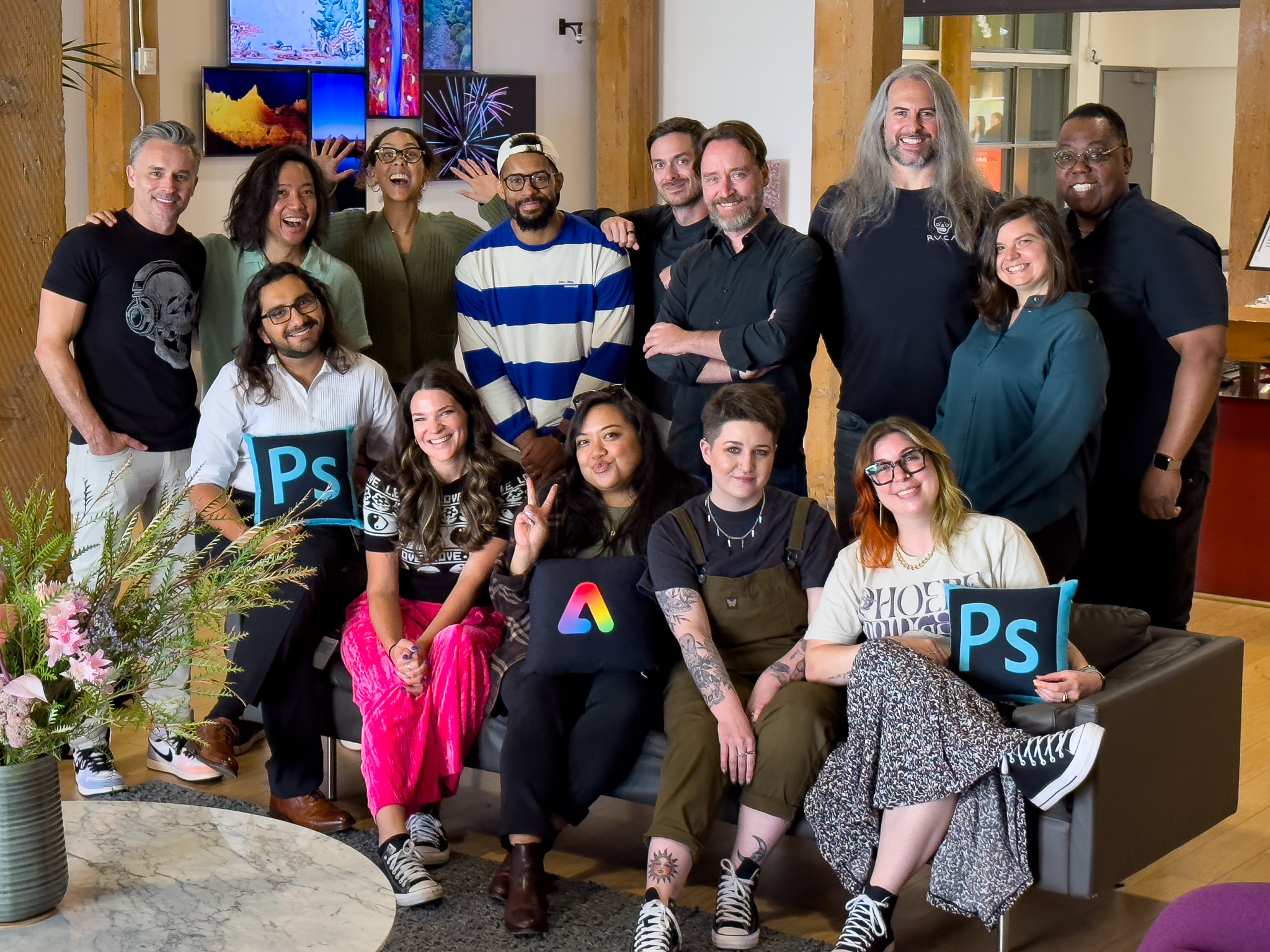
Which project are you most proud of and why?
I think the one thing that I'm most proud of is how much the Evangelism team has grown. I remember we were only four people travelling the world and we were doing that for almost 270 days a year going from Moscow to Dubai to Sao Paulo and then to Asia. There are now 20 people in my team. And I have six new hires in Europe, two in the UK, two in France, two in Germany, and the rest are in the US. And the thing that I'm most proud of is the impact that we have inside of the company and outside of the company, as far as community engagement is concerned.
This is something that I've added to the title, so everybody was an Evangelist before, but now we are Evangelists and Community Advocates, and basically what that means is that we are constantly in contact with the creative community, whether it's for video for illustration for design or for photography. Having those conversations with the community is a two-way thing, because we can help the community be successful in their creative path and the community can help us be successful in the software or the systems or the workflows that we're building.
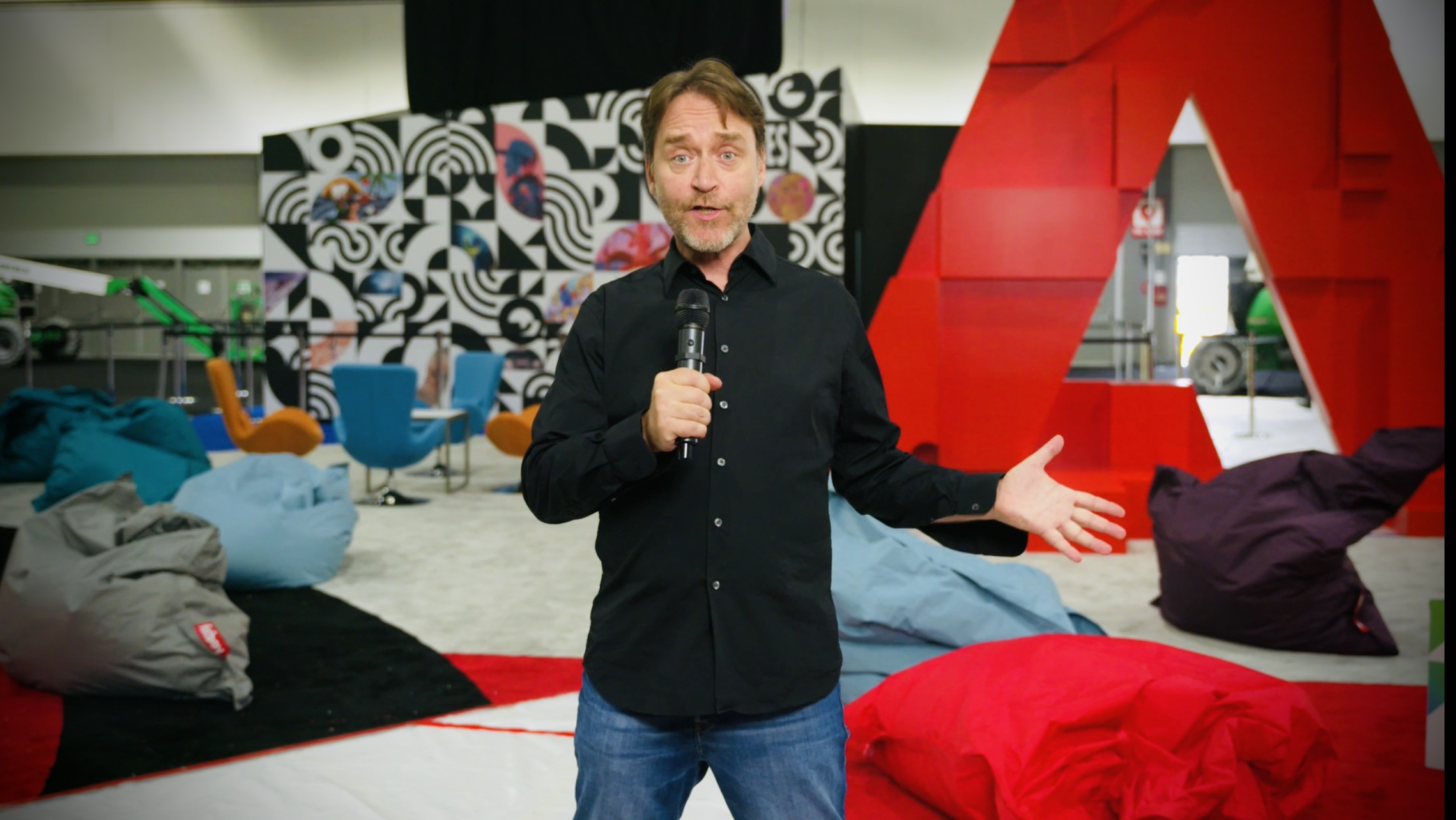
Is it true that you learn most when teaching?
I think teaching is always a conversation. The student has a need, they want to achieve something and the teacher has the experience because they've done these things before. This is one way that the teacher can share with the student is sharing the experience and making them successful in their creative endeavours.
The other way round also works because the students or the creative community that I support give me input about where the world stands today, where the challenges are, where new technologies are moving. So yes, I think this exchange of teaching and learning and learning and teaching is fundamental, also to the progress of humanity. It's all about sharing. There's the new ones, there's the older ones, and only by sharing can we move the ball forward.
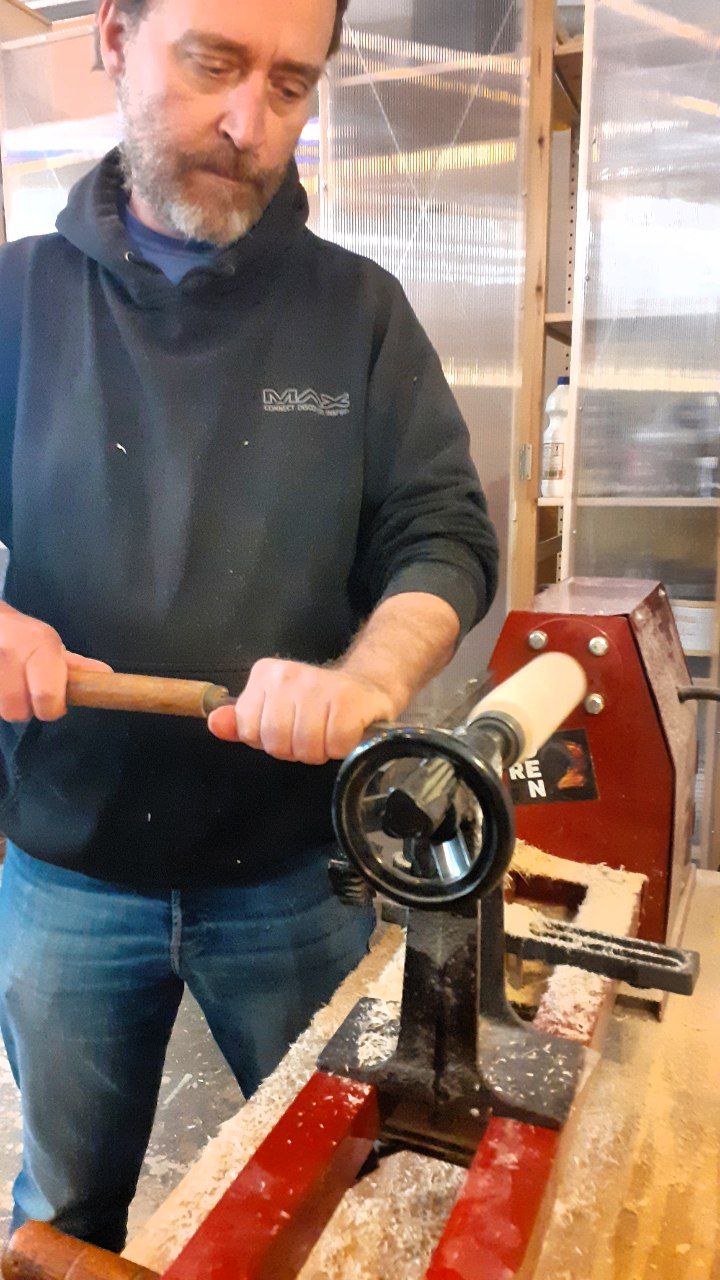
Can you tell me about a challenge and how you approached it?
The trickiest thing is really balancing workload life and private life, especially when one loves their job. My head is 24 hours on for Adobe, my team and the things that we do. And the biggest challenge is to balance the time that I give to my family, to my loved ones to, to my real life, let's put it that way. The way I approach that, especially in the past few years, is to get more time outside of work and to really shut down. I try to do it, sometimes I fail.
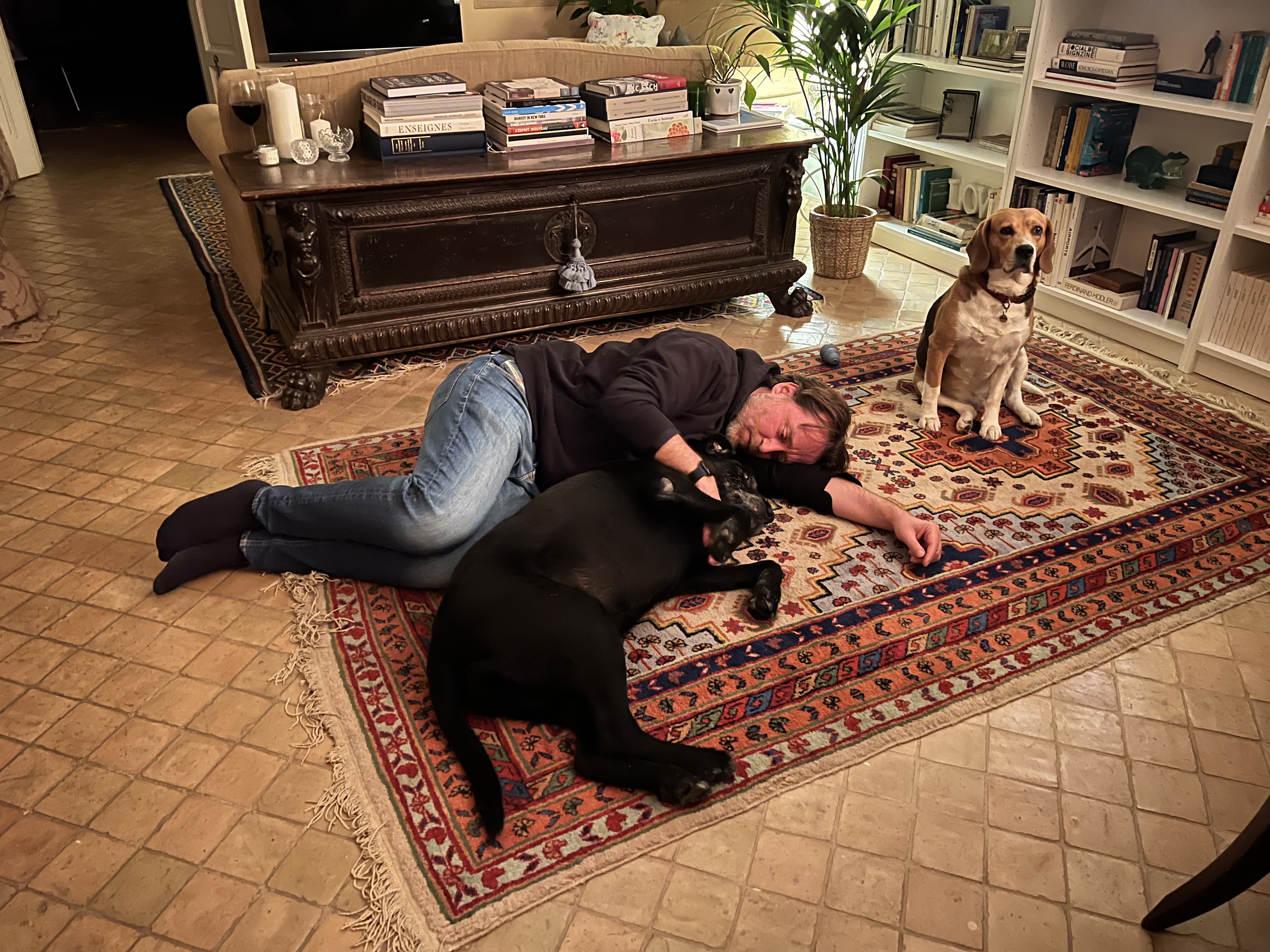
Do you have a dream project or client?
I was very intentional when I talked about that white paper that I read in 2002. This really sparked something inside of me. My dream client is always Adobe. And you know at the beginning it started with me writing white papers, going to conferences as a vendor for them, supporting Italy because I live in Italy in Florence...
I was the one spending countless hours in the computer lab at a time when teachers would would still say computers will never be a useful tool for designers
As a creative professional when I was at school at the ArtCenter, I was the one spending countless hours in the computer lab at a time when teachers would would still say computers will never be a useful tool for designers. And I saw something there, so I spent a lot of time shifting pixels around with Photoshop version 1 and Illustrator 88 and all the first programs – I had this passion very early on. So I think it just naturally happened that I found my dream client and my dream job and the fact that I'm here, that I've been at Adobe for 17 years is testament to that. This is my dream client. The next client will be retirement, that's for sure.
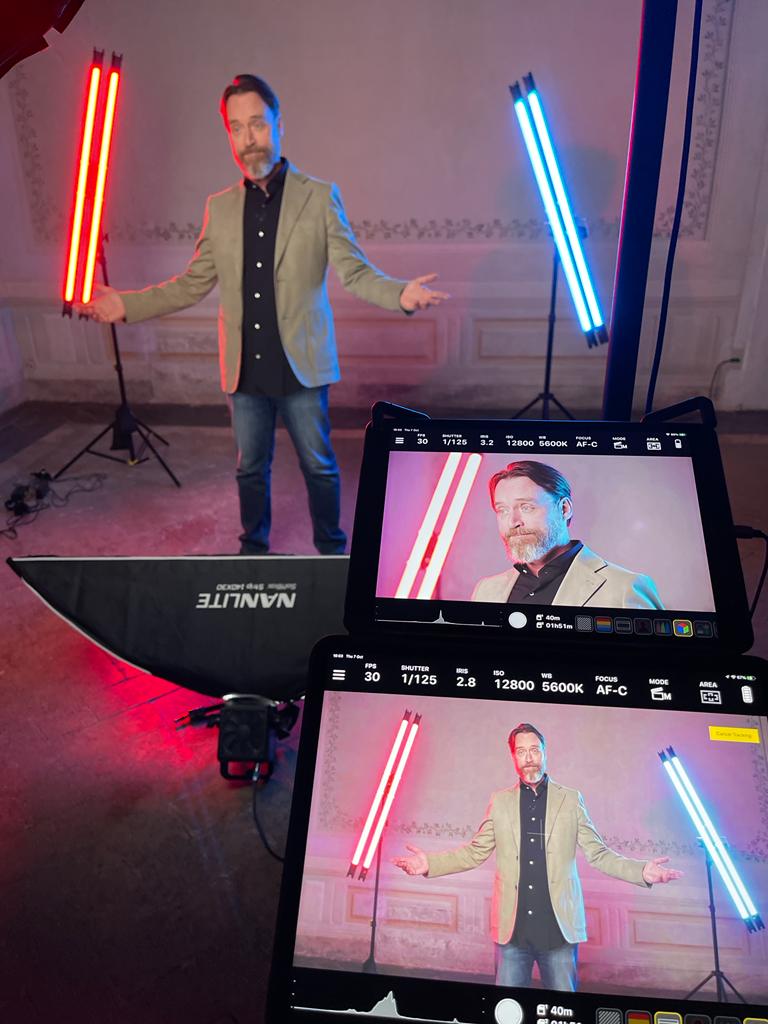
How inclusive is the design industry?
I think that the beauty of the creative community is that everyone, of all ages of all genders, of all locations can express creativity these days. So, I think the creative world is really inclusive of all of those things.
When I see a beautiful image or poster or design, I never ask myself if it's a man or a woman or somebody from another country that did the work. Because creativity is really about the result that is being shown to the world. And in this specific case, I think creativity is very inclusive.
I can't talk about the industry itself, but I can talk about my team. For example, we have a very, very diverse team of Evangelists. And that's intentional for the one reason that having a diverse team will allow the team to be creative across the board. If I chose all the same type of people, I don't think we would evolve, and having this diversity inside of the team teaches us all a lot. I've hired some very young people just coming out of school and they bring so much to the table. And then I have other people in my team who have been at Adobe for 27 years, and they bring that experience to the table. I think this diverse conversation is the only way forward.
What career advice would you give your younger self?
I was very slow at the beginning of my career. I didn't have a plan, I didn't have any ideas of what I wanted to be in life. And I think this made me lose some time, especially at the beginning of my career like in my late teens or early 20s – time is really compressed at that age. I wish I had taken decisions earlier... I spent a lot of time struggling to find the path.
It's a mix of hard work and luck that brought me to where I am today
It's a mix of hard work and luck that brought me to where I am today. But I wish I had known that earlier that I could have avoided years of struggle and suffering. Because creatives suffer, especially at the beginning of their career to find themselves, and I wish I had found myself earlier.
In a lot of younger people now, I'm seeing that they are very focused and they have a very clear idea of what they want to do and they're goal oriented. And when I look at them, I say well, you know at that age, I was probably partying at the pub and and not thinking about anything else. And I really admire the focus that these new generations today have to reach their goals and find happiness quicker.
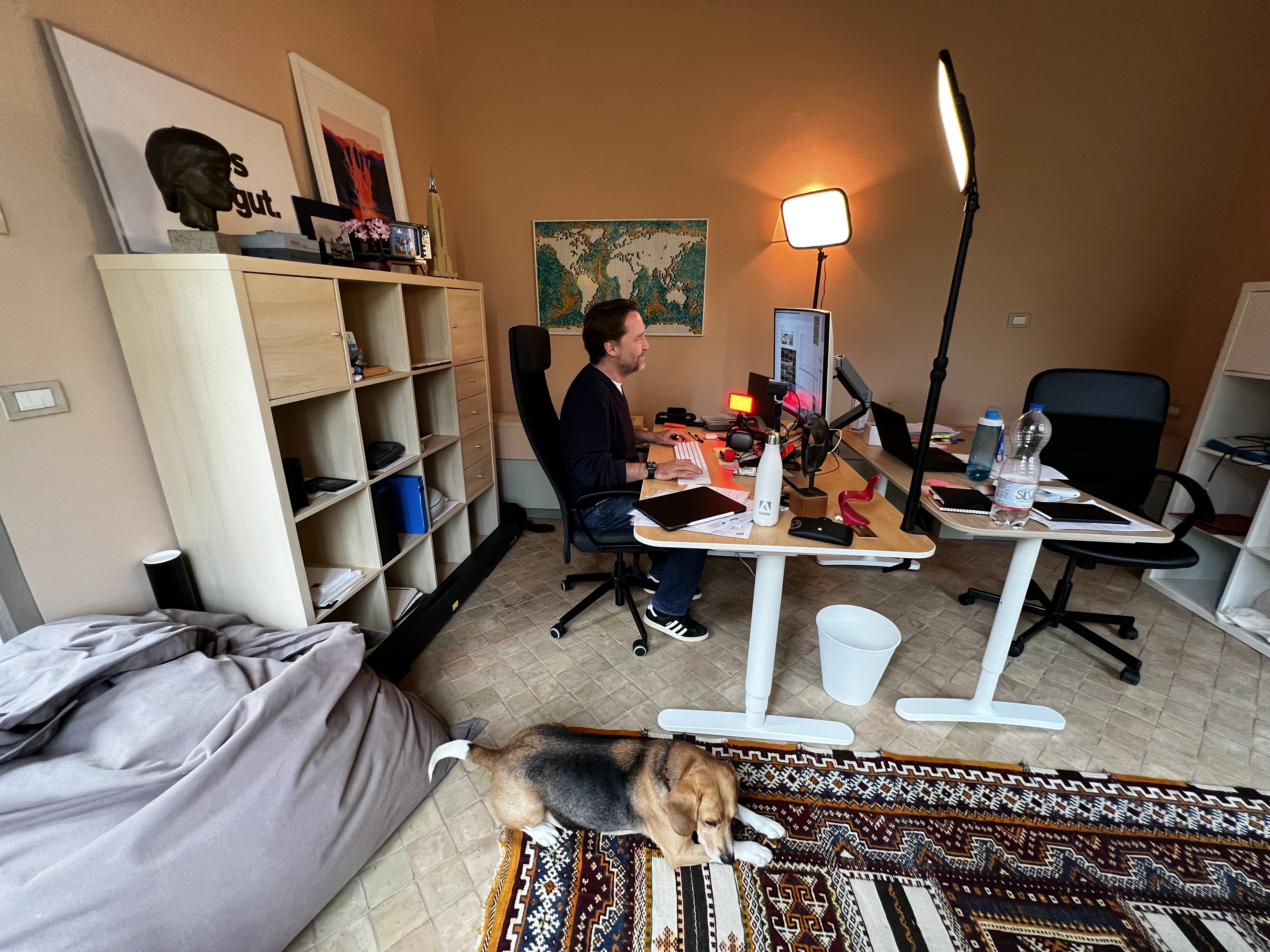
What's next for you between now and retirement?
In-between, there's many more years at Adobe and my biggest focus right now, especially with my large team, is to ensure that I build the next generation of Evangelists and Community Advocates, that I make them successful, that I help them find their way in the way that I did over the past 17 years, and that they have fun, have interest and grow inside of the company. This is really my focus now as a manager – to make sure that my new team really can be successful.
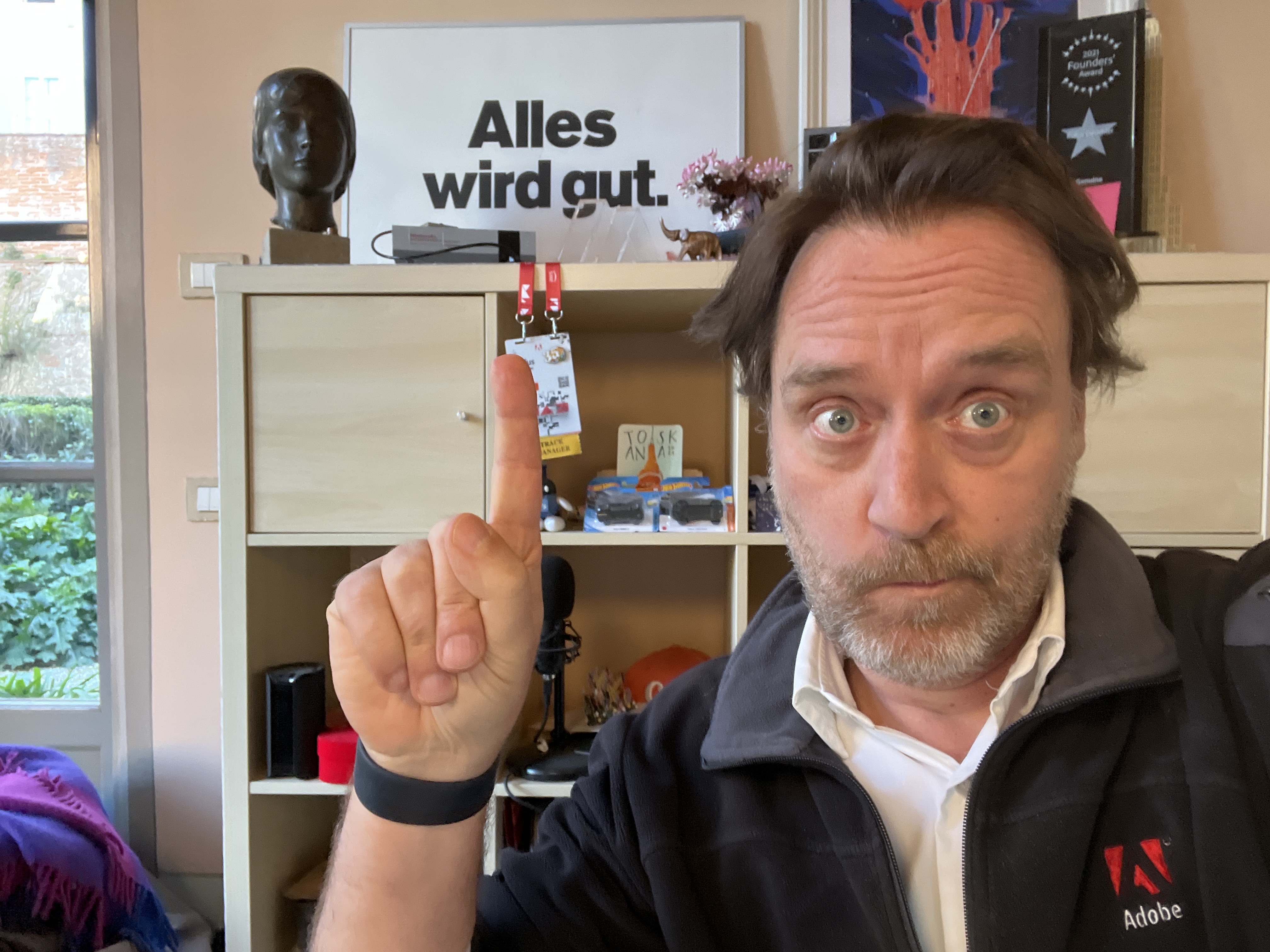
Anything else to add?
My motto is 'everything will be good'. In terms of my career, when I think about it, I would do it all again.
Find out more about Adobe.







